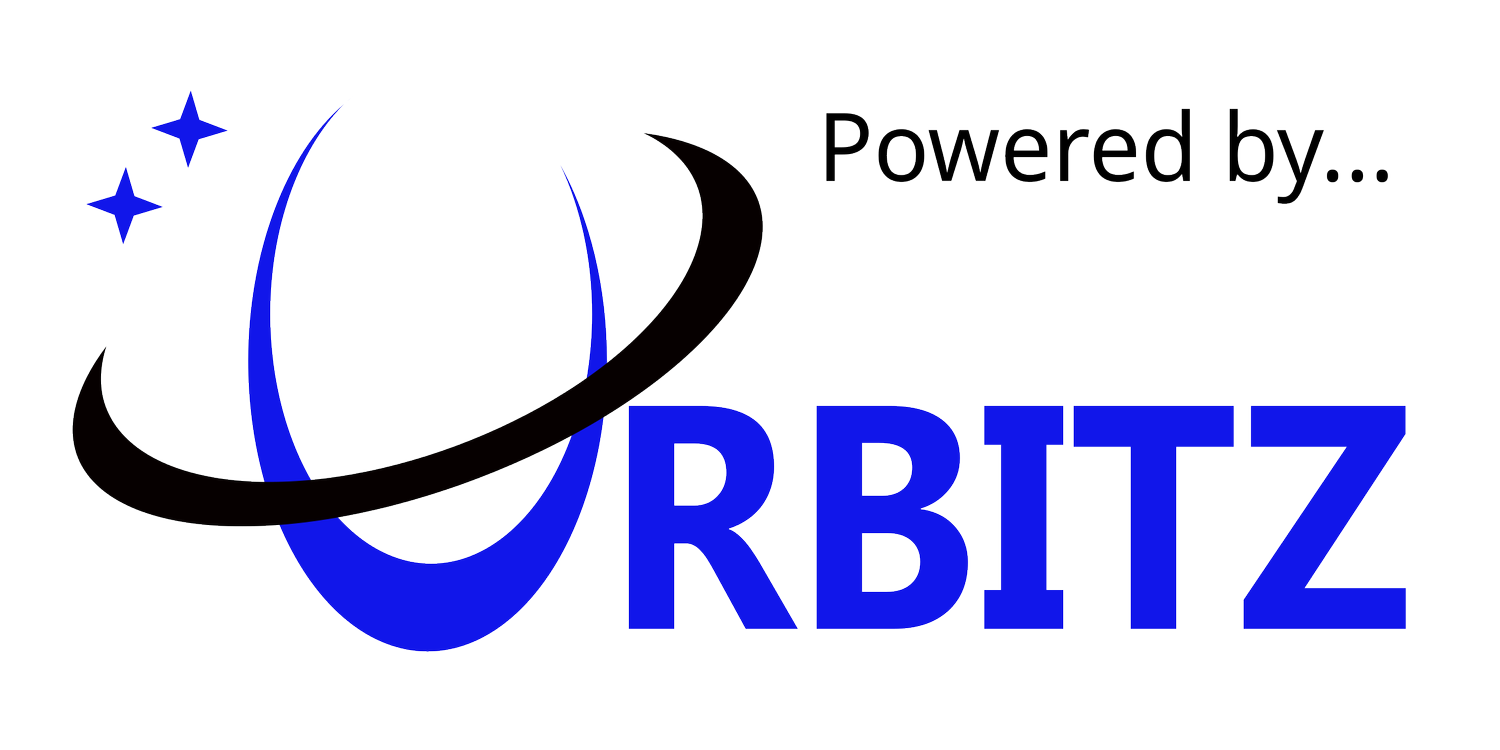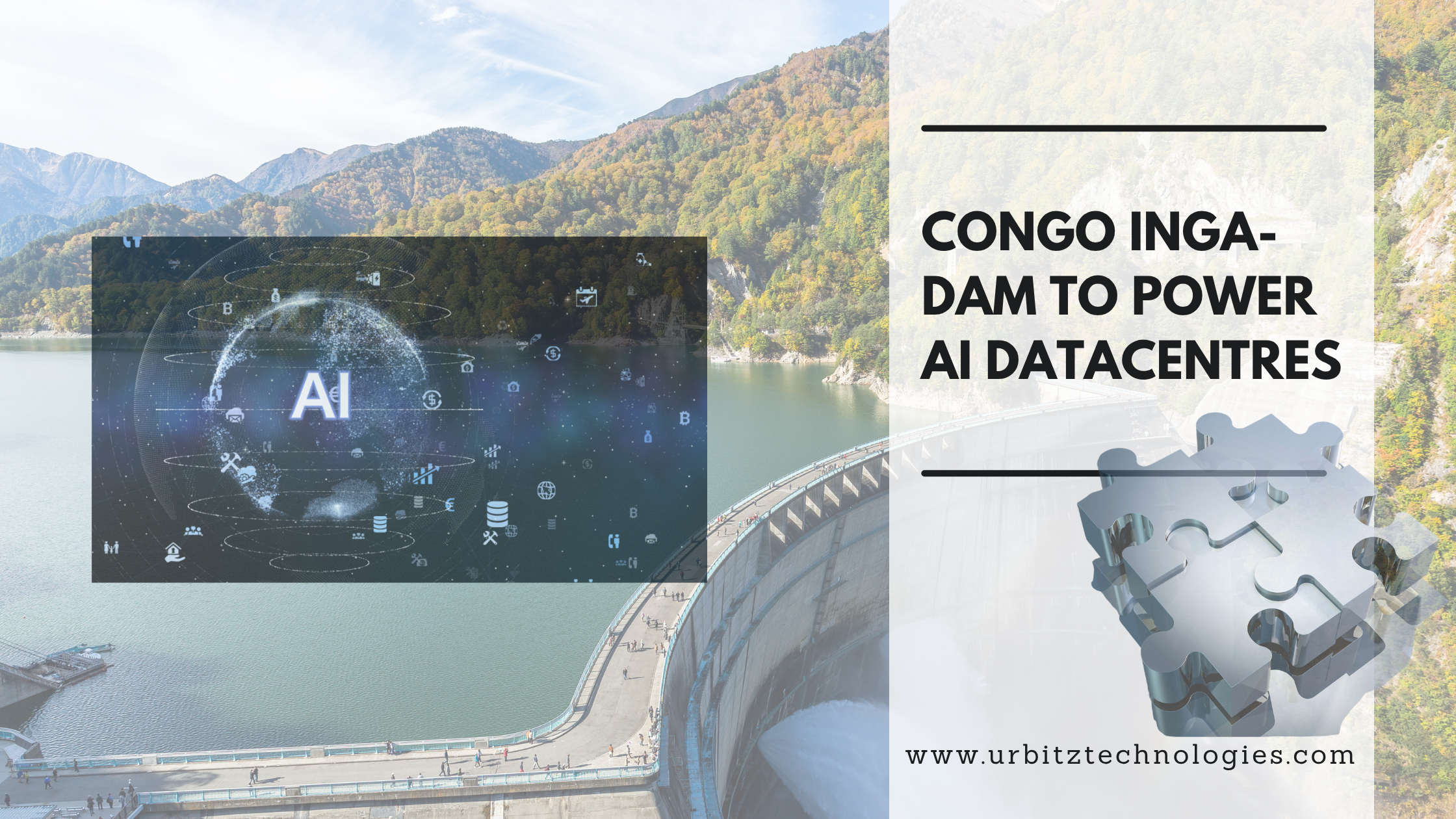Powering AI's Future: Congo Proposes Its Inga falls Mega-Dam for Data Centers
Powering AI's Future: Congo Proposes Its Inga falls Mega-Dam for Data Centers
The artificial intelligence revolution has a dirty secret: it’s incredibly power-hungry. Training massive models like GPT-4 and processing billions of daily queries requires energy on a scale comparable to small nations. As tech giants scramble to find enough electricity to fuel their AI ambitions, a surprising potential solution has emerged from the heart of Africa. The Democratic Republic of Congo (DRC) is pitching the site of the world's largest proposed hydroelectric dam, Grand Inga, as the future power source for the world's AI data centers.
The AI Energy Crunch
Before we dive into the Congo's proposal, it's crucial to understand the scale of the problem. AI data centers are not like ordinary server farms. The computational intensity of machine learning, especially for training large language models, consumes vast amounts of electricity. Furthermore, the "inference" phase—answering user prompts—adds a constant, massive load. Estimates suggest that by 2027, the AI sector alone could be consuming between 85 to 134 terawatt-hours annually—more than the entire annual electricity consumption of countries like the Netherlands or Argentina. Tech companies are desperately seeking clean, reliable, and cheap power. Their ambitions are literally being limited by the grid.
The Sleeping Giant: Grand Inga
On the mighty Congo River lies the site of a project of almost mythical scale: the Grand Inga Dam. If fully realized, it could have a capacity of over 40,000 megawatts (MW)—more than double the output of China's Three Gorges Dam and enough to power tens of millions of homes. For decades, it has been a dream, plagued by political instability, funding shortfalls, and concerns over its environmental and social impact. It is the definition of untapped potential, a colossus waiting to be awakened.
The Congo's Bold Proposal
The DRC government is now making a strategic pivot. Instead of focusing solely on the original plan of sending power across Africa, it is actively marketing Grand Inga's potential to a new, voracious customer: the global tech industry. The logic is compelling. A commitment from a major tech company like Google, Microsoft, or Amazon to build AI data centers powered by Inga could provide the financial anchor and long-term demand certainty the project has always lacked. This would turn the dam from a white elephant into a lucrative national asset. For the tech companies, it offers a path to "green" AI, as hydroelectric power is a renewable source that doesn't produce the carbon emissions of fossil fuels.
The Daunting Challenges
This vision, however, is fraught with immense hurdles.
The Investment Chasm: The cost of building Grand Inga is estimated in the tens of billions of dollars. Attracting this level of investment into a country with a history of corruption and political risk is a monumental task.
Infrastructure Desert: The Inga site is remote. There is virtually no transmission infrastructure in place to carry the power away. Building the dam is one thing; building a continent-spanning electrical grid is another.
Human and Environmental Cost: The project would inevitably displace local communities and significantly alter the ecosystem of the Congo River, the second-largest river in the world by discharge. These concerns have sparked justified opposition from environmental and human rights groups.
Geopolitical Tangles: The power from Inga has long been earmarked for neighboring countries like South Africa. Diverting a significant portion for private data centers could create new diplomatic tensions.
A High-Stakes Gamble for the Future
The stakes could not be higher. If successful, the Grand Inga project could transform the DRC's economy, providing unprecedented revenue and establishing it as a key player in the global digital economy. For the world, it could provide a blueprint for harnessing the vast renewable resources of the Global South to power 21st-century innovation.
If it fails, it will become another chapter in the story of Africa's unrealized potential, a reminder of the gulf between ambition and reality.
The DRC has laid down a bold marker. The question now is whether the titans of Silicon Valley, hungry for power and under pressure to go green, will see the rushing waters of the Congo River as the most audacious answer to their biggest problem. The future of AI may very well depend on who is willing to take a bet on one of the most ambitious engineering projects on Earth.








Fabricated Alumimium bracket for wall mounted camera
Cameras supported includes but not limited to :
TP-Link tapo
Imou ranger